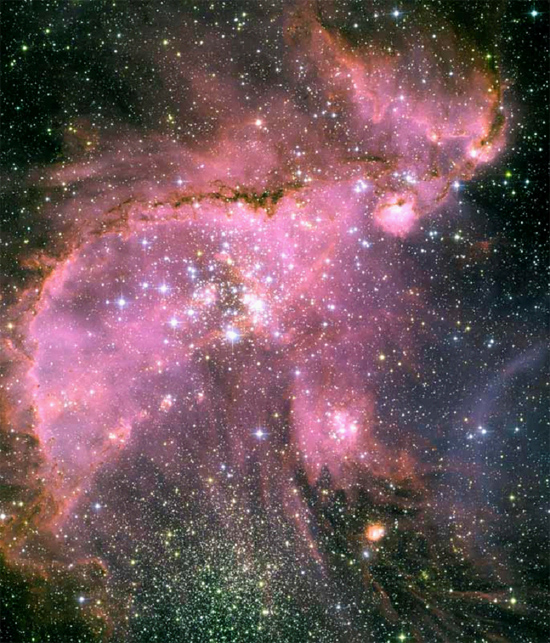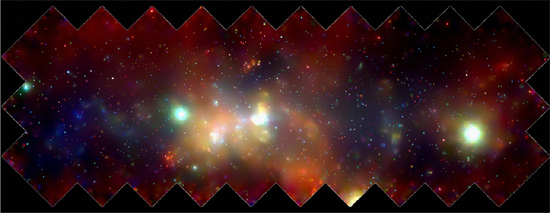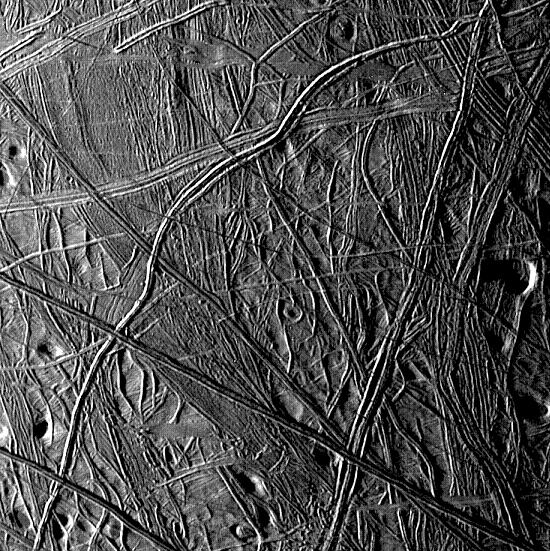Radio Elliptical
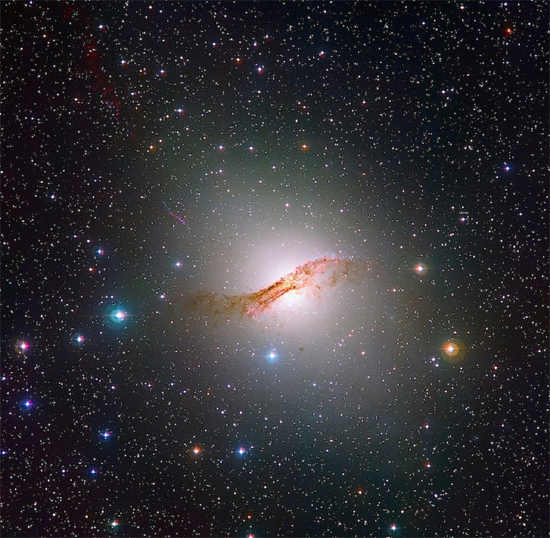
Nov 13, 2012 One of the largest “active galaxies” is thought to be powered by a supermassive black hole. Electrical energy is a more likely driving force. A recent press release from the European Southern Observatory (ESO) announces that the elliptical galaxy Centaurus A is ejecting a light-years long jet of…
Martian Skylights in the Laboratory
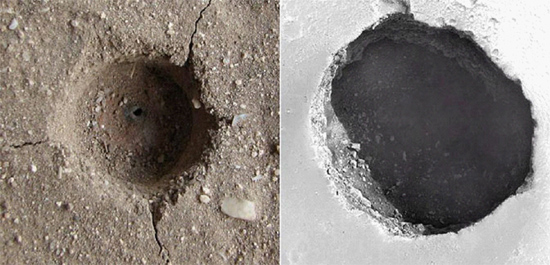
Nov 12, 2012 Deep cylindrical pits on Mars are not easy to explain. Small-scale plasma discharge experiments could offer some clues to their formation. In previous Thunderbolts Picture of the Day articles about unusual geological structures on Mars, it was argued that craters, canyons, dunes and many other features…
Filamentary My Dear Watson
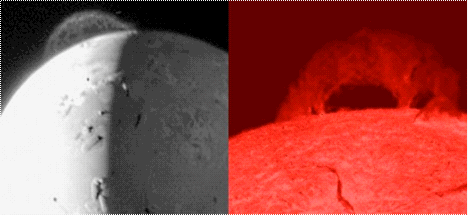
Nov 07, 2012 Phenomena throughout the visible universe exhibit features that are twisted and “stringy”. From plume to prominence it is plasma interactions that we see. In previous Picture of the Day articles, there have been many discussions about formations cut in stone or puffed-out in clouds of ionized gas…
Cluster Wires
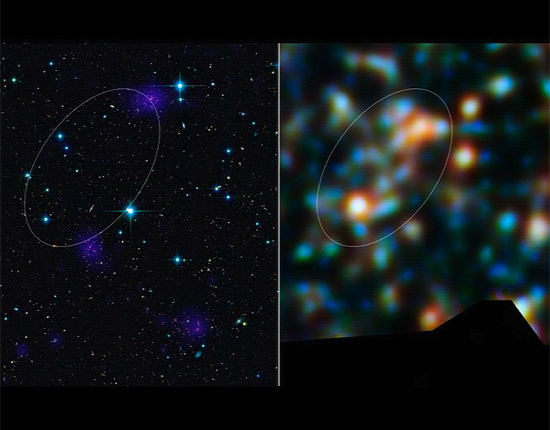
Nov 06, 2012 A galaxy-wide filament connects two galactic clusters. The Herschel Space Observatory possesses the largest mirror ever launched into space: 3.5 meters in diameter. Herschel entered orbit around LaGrange point L2 (behind Earth in relation to the Sun) in July 2009, so that its extremely sensitive, supercooled infrared detectors…
Frozen Fires
Europa Oceania
Stoking the Star Maker Machinery
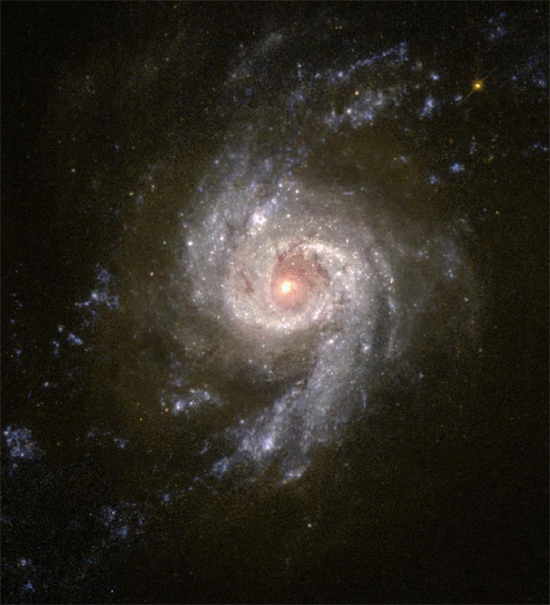
Oct 31, 2012 Scientists working with four of the most sensitive observatories ever built have discovered a galaxy that seems to contradict theories of cosmic evolution. Astronomers from Caltech using NASA’s Spitzer Space Telescope, Japan’s Subaru Telescope, the Hubble Space Telescope and the James Clark Maxwell Telescope have found…
Daughter of Heaven
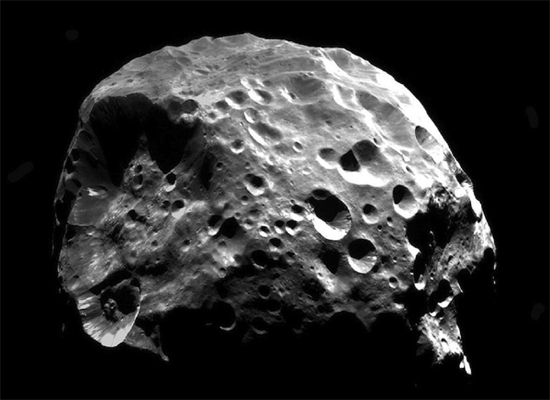
Oct 30, 2012 Recent analyses suggest that Saturn’s moon Phoebe resembles a planet. Saturn’s moon Phoebe is comparatively small, roughly 220 kilometers in diameter. Its surface gravity is 0.224m/s^2, compared to the 9m/s^2 on Earth. Phoebe is also as black as night, making it one of the darkest objects in the Solar System….





